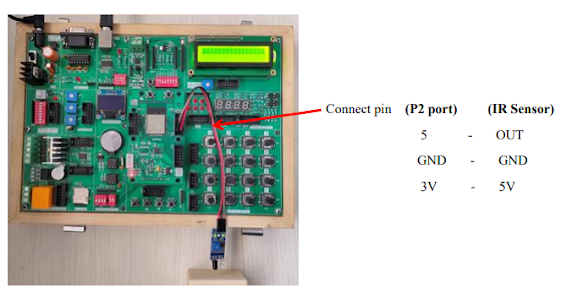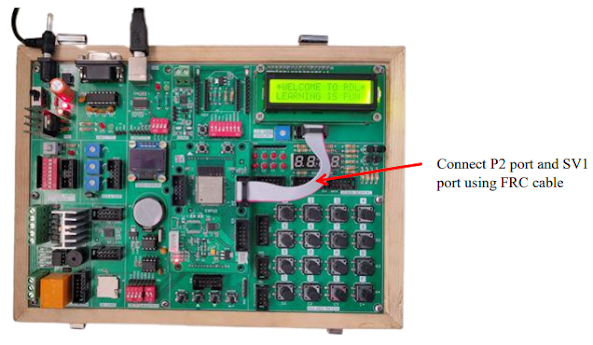LiFi Visible Light Communication Compatible for Raspberry Pi
Features:
- Supports baud rates up to 38400
- Support serial (UART) communication
- Supported distance from the ceiling 6 to 15 feet max
- Plug-and-Play with simple configuration
- Ceiling / wall mounting LED light can be used for the communication
Specifications | |
Supply Voltage | 5V,2A |
Supported MAX Load (LED) | 15W |
Baud Rate | 34500 |
Max communication Distance * | 15 feet |
Communication | One way |
Communication Type | Serial UART |
Communication Light Spectrum | Visible light 400 to 700nm |
Dimension(L * W) | 58MM * 49MM |
* Supported distance from the ceiling 6 to 15 feet max






.jpg)
.jpg)






